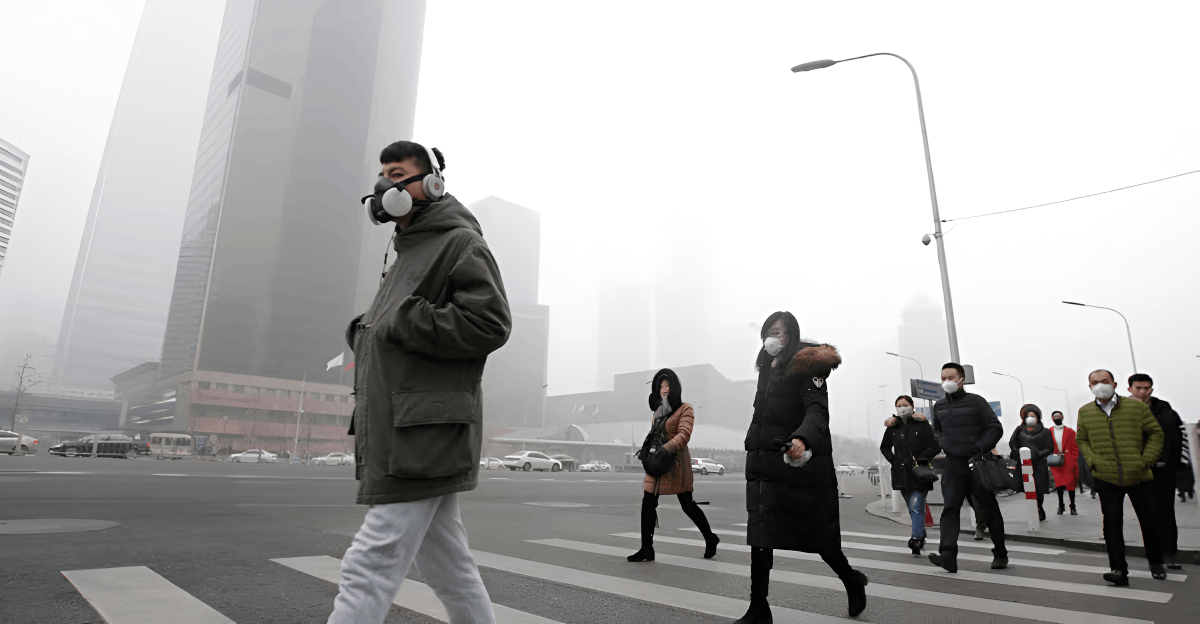
In the early 2010s, China embarked on an aggressive campaign to tackle severe air pollution, initiated by pressing public health concerns and mounting international pressure. The nation faced a crisis as pollution-related illnesses spiraled, prompting unprecedented governmental action. This newfound focus on environmental policies indicated a significant shift in national priorities, with implications that few anticipated.
While immediate efforts to curtail pollution were prioritized, the long-term consequences on climate dynamics remained largely uncharted. “People were desperate for change,” recalls Zhang Wei, a Beijing resident, underscoring the situation’s urgency. This moment began critical reforms in one of the world’s most industrialized nations.
Raising the Stakes
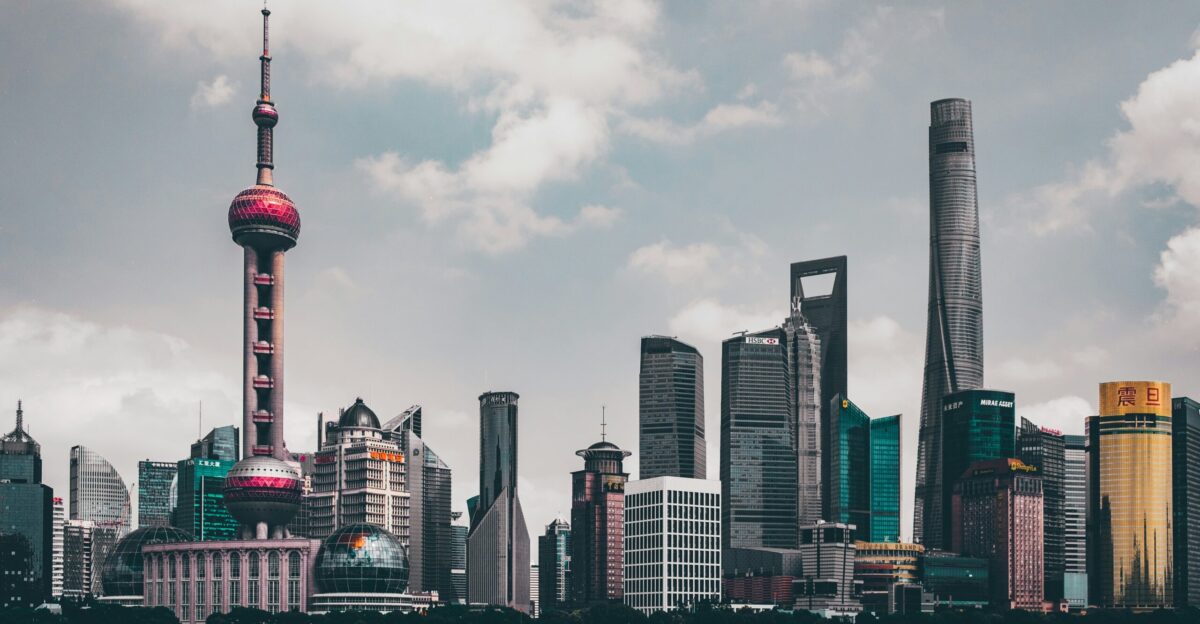
Over the next decade, China achieved a remarkable reduction in sulphur dioxide emissions, cutting them by an unprecedented 75%, far surpassing the efforts of other industrialized nations. This monumental progress saved countless lives and significantly enhanced urban air quality across major cities. “The air feels cleaner, and I can breathe without fear,” noted Li Ming, a local entrepreneur.
However, these gains heralded unforeseen consequences. As regional haze events faded into memory, the world looked on with interest and caution, unaware that removing pollutants would expose different environmental dynamics. This duality of achievements and potential risks underscores the complexity of climate science.
Smog Crisis History

The roots of China’s pollution crisis can be traced back to the 2000s when cities like Beijing and Shanghai experienced relentless “airpocalypses,” shrouding urban areas in dense smog. This alarming rise in particulate pollution resulted in millions of premature deaths and stunted economic growth, pushing the government to take decisive action.
By 2013, sweeping reforms were set in motion, igniting an era of stricter environmental policies. “I remember when we couldn’t see across the street,” recalled Wang Jun, an elderly Beijing resident. This pivotal shift reflected a recognition of the dire impact of air quality on daily life and economic stability, driving a collective call for transformative change.
Mounting Pressures
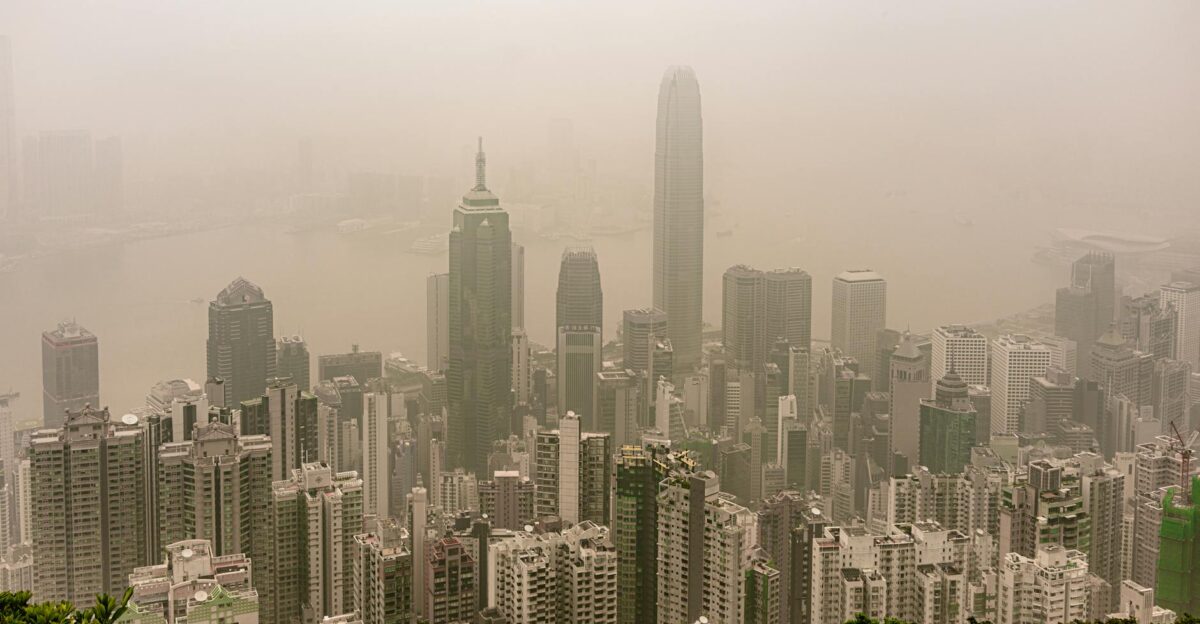
As public protests grew louder and high-profile studies spotlighted pollution’s toll, Beijing faced pressure to act decisively. The government imposed strict limits on coal consumption, mandated reporting requirements, and levied heavy fines against violators, reshaping the operational landscape for heavy industry and transportation.
By 2014, key provinces were already adopting local emission measures. “It felt like a new era was dawning for our communities,” said Zhao Mei, a factory worker. These pivotal policy changes underscored China’s commitment to addressing air quality issues, starting a reformative journey that would ripple far beyond its borders and inspire global discussions on environmental responsibility.
Successful Crackdown
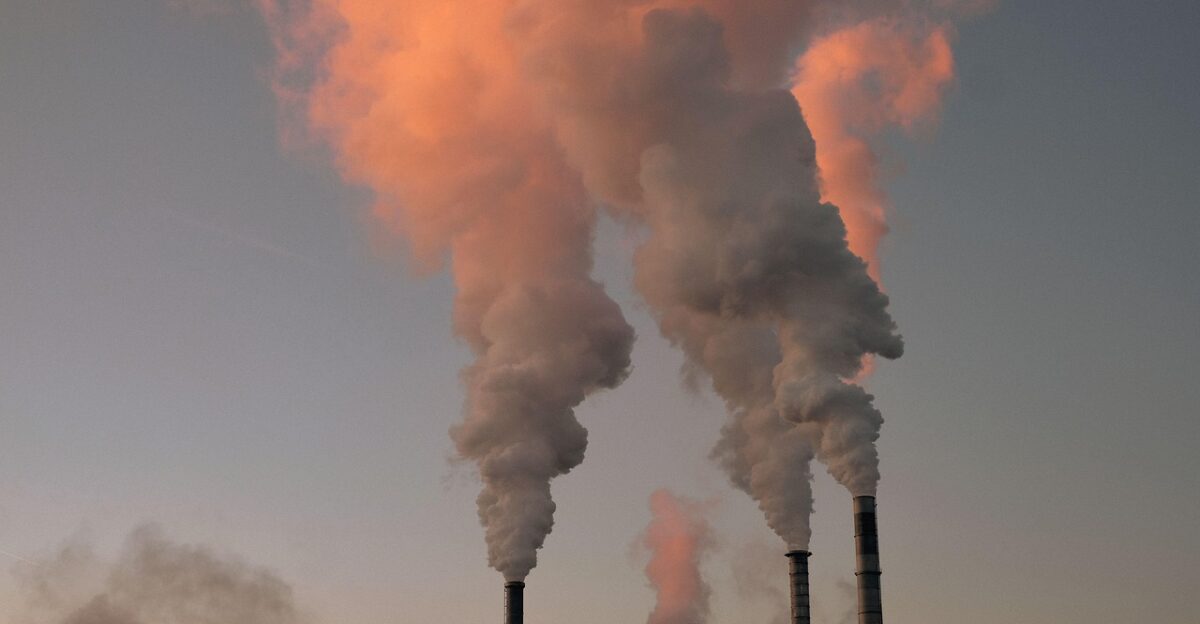
A pivotal study released in 2023 revealed that China’s successful crackdown on aerosols unintentionally contributed to a notable surge in global warming, adding up to 0.07°C to worldwide temperature increases. Researchers noted this surprising link between reduced pollution and hidden climate effects, dramatically reshaping old assumptions in climatology.
“We’ve uncovered a reality we weren’t prepared for,” remarked Dr. Lei Tan, a lead researcher on the study. This revelation illuminated complexities in the global climate system, showcasing how efforts to improve air quality might coincide with unintended environmental consequences, emphasizing the need for a nuanced approach to climate action.
East Asia Impact
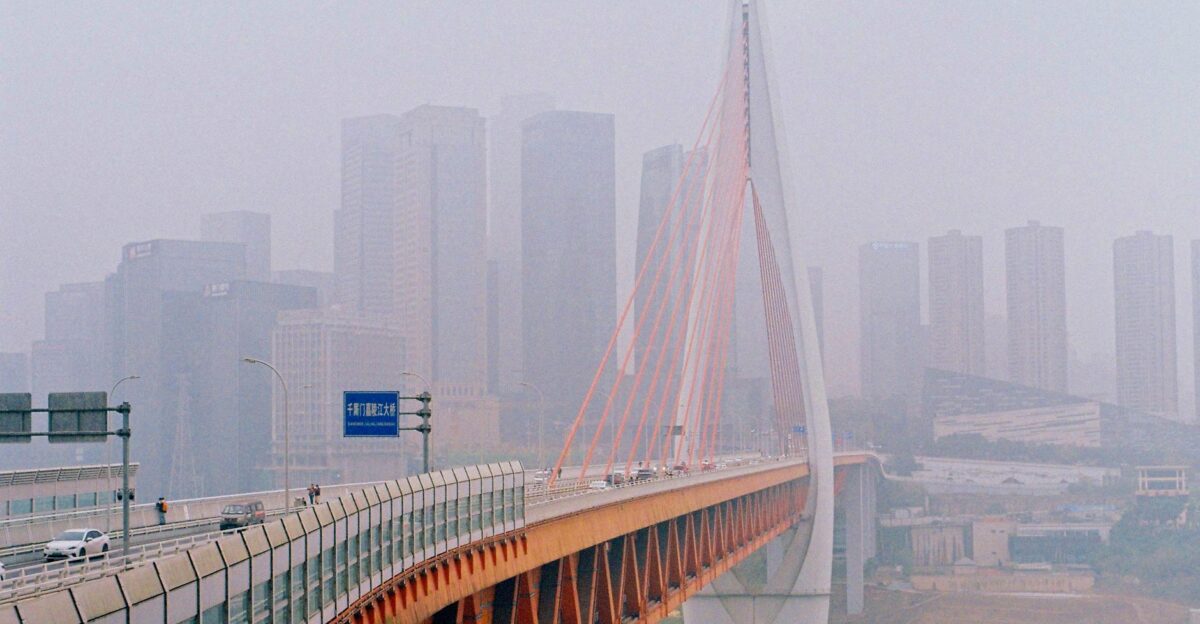
The transformation in urban air quality across East Asia was revolutionary, with cleaner air resulting in fewer haze days and enhanced health outcomes for residents. However, reducing airborne particulates also decreased sunlight reflection, leading to increased heat retention. “I’ve experienced healthier skies, but I wonder what we’re trading,” mused Chen Rui, an environmental activist.
Regional climate measurements validated the observation of rising temperatures, illustrating how interconnected the issues of air quality and climate are from local ecosystems to global atmospheric balance. This juxtaposition of immediate health benefits against potential larger climatic impacts signaled the need for careful deliberation and policy adjustments.
Human Toll
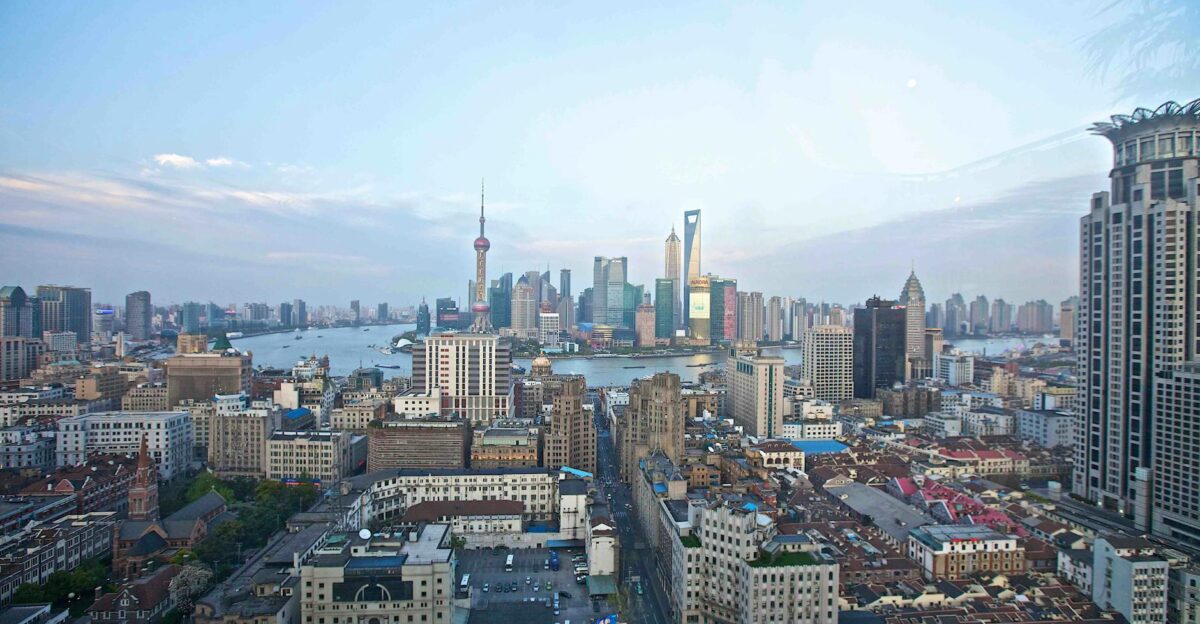
Residents of Beijing experienced immense relief as thick smog faded away, celebrating blue skies for the first time in years. “It was like a weight had lifted,” contingent Cheng Li expressed, reflecting a shared sentiment of jubilation among the public. Yet, climate scientists warned about the potential hidden costs that cleaner air could impose on future generations.
The prospect of a “climate whiplash” loomed large as policymakers grappled with the ramifications of their reforms. As praise poured in for improved air quality, the complexities of climate science reminded everyone that progress came with nuanced challenges, urging ongoing dialogue between public health and environmental stewardship.
Policy Comparisons
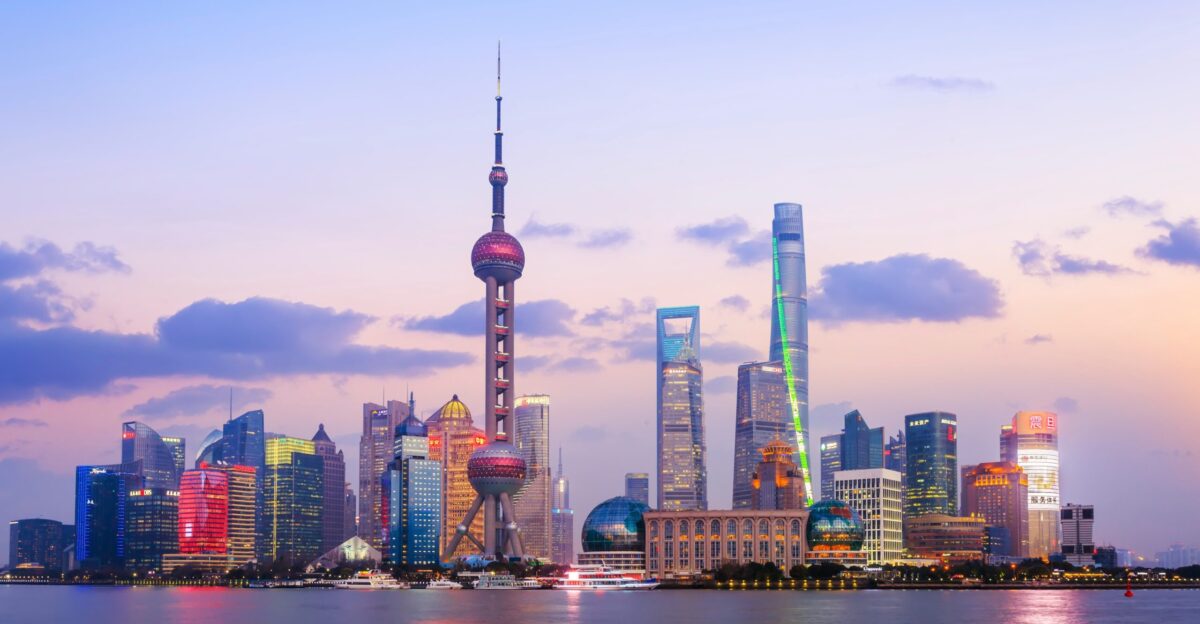
China’s environmental shift prompted scrutiny and reevaluation of air quality regulations in other countries, particularly in India and the U.S. Policymakers worldwide began weighing the protective health benefits of stricter regulations against long-term climate trade-offs. “We need to learn from China’s journey and tailor our approaches,” stated Raj Patel, an Indian environmental analyst.
The ensuing debates intensified within policy circles as nations strived to balance economic interests, public health, and climate goals. These discussions fostered an atmosphere of collaboration and competition, illustrating the urgent need for a coordinated global response to deteriorating air quality and its far-reaching implications on climate stability.
Macro Climate Trends

Global temperature records from 2010 to 2023 showcased a concerning acceleration in warming trends, with researchers attributing part of this increase to declining aerosol pollution, especially in major economies. “It’s a complex balancing act,” cautioned climatologist Dr. Bjørn Samset.
This highlighted a critical challenge facing nations: cleaner skies might unintentionally drive climate shifts. As scientists delved deeper into the intricacies of climate variance, it became clear that all countries must pursue comprehensive emission reductions. The emerging narrative underscored a shared obligation for climate action, particularly to mitigate adverse effects borne from cleaner air.
U.S. Angle

New analyses indicated significant ramifications for the United States, as climate models began attributing a measurable warming share to China’s pollution controls. Policymakers in Washington now find themselves under renewed urgency, faced with escalating warming trends contributing to more frequent droughts and extreme weather events.
“America must adapt swiftly to these shifts,” warned climate policy advisor Sarah Thompson. This revelation highlighted the interconnectedness of global climate systems, urging the U.S. to refine its approach toward emissions and climate resilience. The growing urgency indicates a pivotal moment for domestic and international climate strategies, enshrining a collective responsibility for shared planetary health.
Frustration Grows
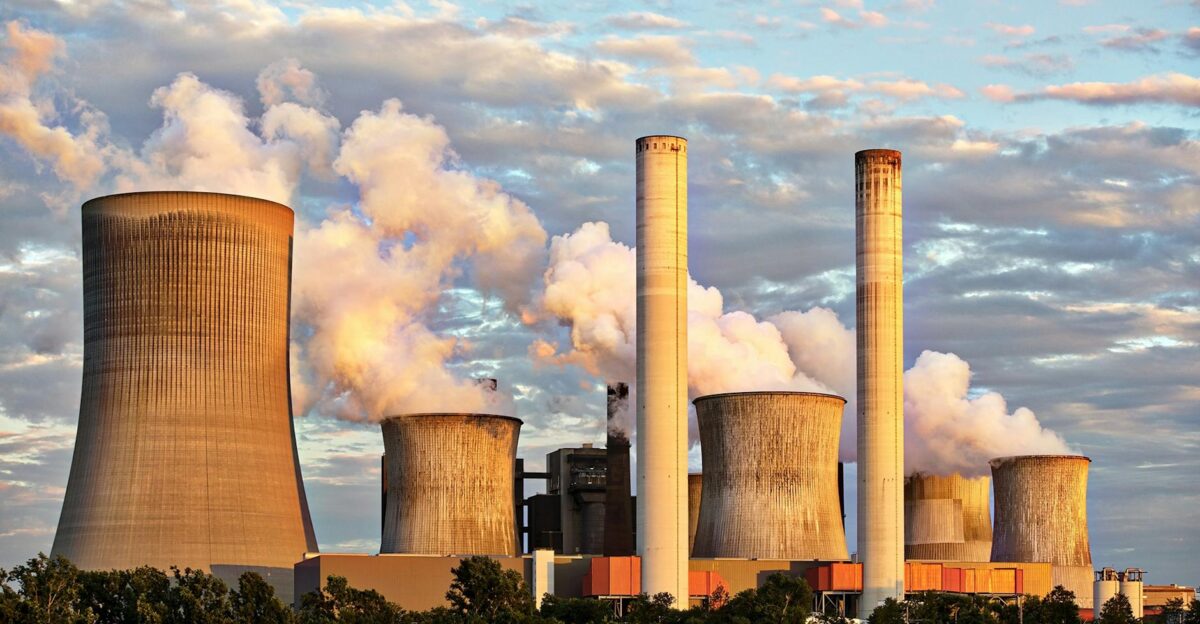
As the push for stricter emissions standards progressed, some Chinese factories encountered challenges in upgrading facilities to comply with new regulations. This sparked a public debate on equity and economic implications. Industrial executives expressed concerns about decreased competitiveness, while environmental advocates argued for stricter enforcement.
“It feels like an uphill battle for many factories,” admitted a local factory manager, expressing frustration over compliance costs. This friction between economic viability and environmental stewardship raised essential questions on achieving sustainable progress without harming livelihoods. As demands for cleaner air intensified, the urgent need for compromise and collaboration became evident in the ongoing discourse on pollution control.
Leadership Shifts
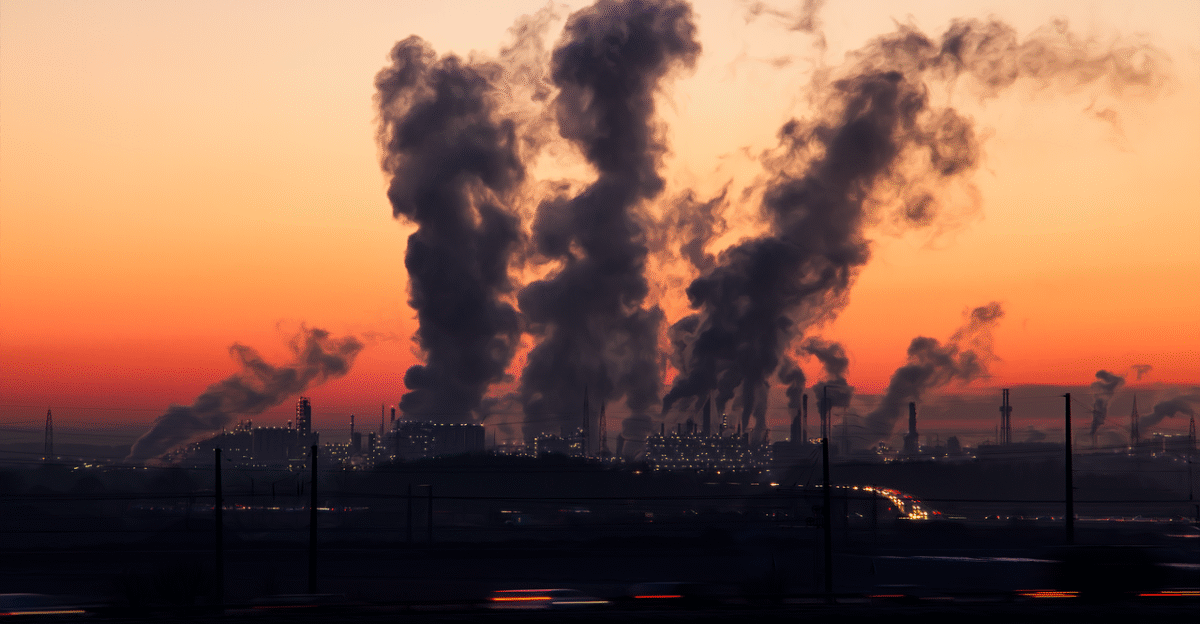
The expansion of responsibility for pollution enforcement from local bureaucrats to central government agencies signified the seriousness of Beijing’s climate strategy. New leadership channels were established to direct investments towards green technology and renewable energy sources. “There’s a real commitment to green reform now,” an environmental policy expert observed.
This shift reinforced the government’s resolve to prioritize climate action, showcasing a unified approach to pollution mitigation that extends beyond local jurisdictions. Empowering central leadership signified a turning point in China’s environmental agenda, paving the way for more coordinated policies essential for effective long-term solutions as global climate issues become more pressing.
Comeback Strategy
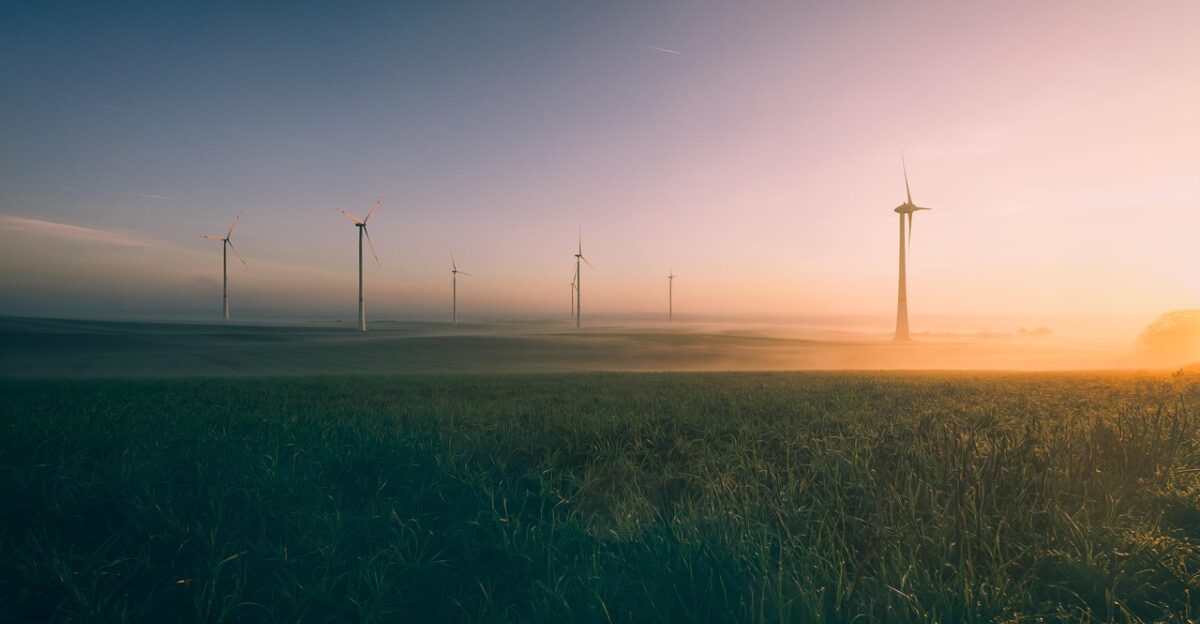
Looking ahead, China’s strategic plan for 2024-2025 involves a remarkable $277 billion investment aimed at advanced pollution control, carbon markets, and comprehensive energy reforms. Officials aim to bolster air quality gains while curbing greenhouse gas emissions to mitigate adverse warming effects.
“We’re optimistic about this new direction,” said Zhang Li, a government climate advisor, seeing this as a critical step towards sustainable development. This ambitious allocation reflects a recognition of the interlinked nature of pollution and climate change, as the nation endeavors to foster a healthier environment while preparing itself for the challenges presented by global warming and its implications for future generations.
Expert Outlook
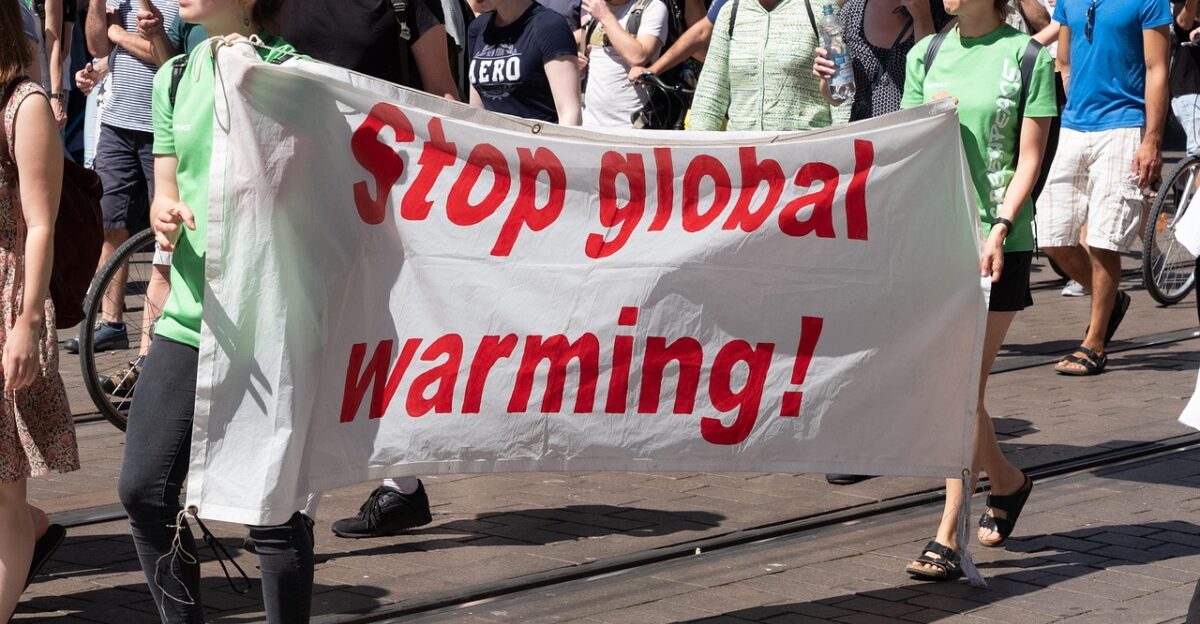
The consensus among climate experts advocates for more substantial global emissions cuts, emphasizing the “masking effect” of historical pollution obscuring the underlying warming trends. Some warned that cleaner air, devoid of significant carbon reductions, could trigger unexpected temperature surges termed the “climate whiplash” effect.
“We are at a critical juncture where inaction could lead us to unforeseen crises,” cautioned Dr. Emily Zhou, a climate scientist. This acknowledgment underscores the dire need for international cooperation in setting stricter emissions targets, ensuring that the progress made on air quality does not come at the expense of climate stability and the planet’s future well-being.
Forward Focus

As scientists consider climate action’s complexities, they pose a vital question: Will nations prioritize public health over long-term climate stability? Accelerating warming trends force policymakers worldwide to confront hard choices about emissions, mitigation, and adaptation strategies. “The stakes have never been higher,” warned Dr. Anna Lee, a climate strategist.
This reflection highlights the pressing need for integrated approaches that reconcile immediate public health objectives with climate goals. The path forward calls for innovative solutions that bridge these interests, fostering shared global responsibility to ensure a healthier, sustainable future for all. The interconnectedness of today’s challenges necessitates a united front in addressing climate phenomena.